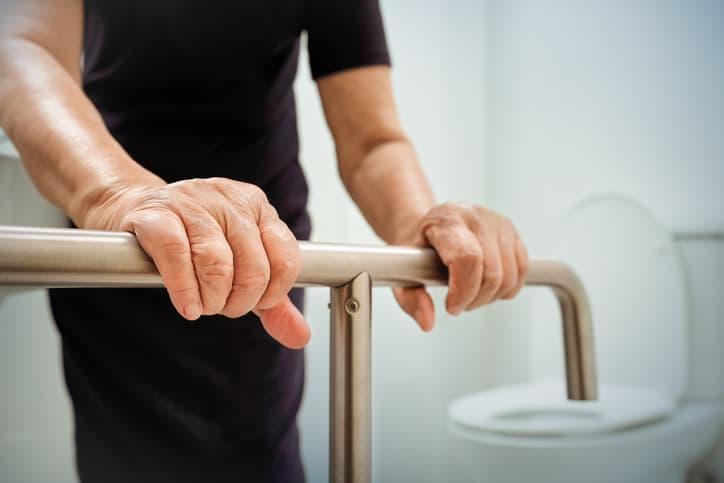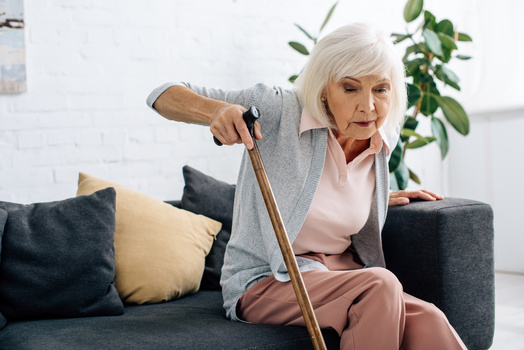Ensuring the safety and comfort of our elderly loved ones is a top priority. One of the simplest yet most effective ways to enhance their living environment is through proper lighting. Lighting tips for elderly home safety are not just about installing lights; they’re about creating a secure and comfortable atmosphere that reduces risks and enhances the quality of life.

The Importance of Proper Lighting in Elderly Homes
As we age, our vision naturally declines, making it harder to navigate spaces and recognize hazards. Poor lighting can lead to accidents, such as falls, which are a significant concern for seniors. Proper lighting helps mitigate these risks by illuminating pathways, reducing glare, and enhancing visibility.
Understanding Vision Changes in the Elderly
With age, the eyes undergo several changes. These include reduced pupil size, decreased lens flexibility, and a yellowing of the lens, all of which impact how light is perceived. Understanding these changes is crucial in designing a lighting plan that caters to the needs of seniors.
Common Lighting Mistakes to Avoid
Many homes are not equipped with the appropriate lighting for seniors. Common mistakes include inadequate lighting in key areas, excessive glare, and a lack of contrast. Avoid these pitfalls by carefully planning and selecting the right lighting solutions.
Key Areas to Focus on for Elderly Home Lighting
Entrance and Hallways
The entrance and hallways are crucial areas that require adequate lighting. Motion-sensor lights can be beneficial here, providing illumination without the need for manual switching. Consider reading more about front door safety to ensure comprehensive security.
Living Room
The living room is a central space for relaxation and socializing. Ensure it is well-lit with a combination of overhead lights and task lighting. Explore more about living room safety strategies to enhance comfort.
Kitchen
A well-lit kitchen is essential for safe cooking and meal preparation. Under-cabinet lights can help illuminate countertops, reducing the risk of accidents. For more on kitchen safety, visit elderly cooking tips.
Bathroom
The bathroom is a high-risk area for falls. Ensure it has bright, glare-free lighting, particularly around the shower and sink. Night lights can also be helpful for safe nighttime navigation.
Bedroom
In the bedroom, soft lighting can create a calming atmosphere. Bedside lamps with easy-to-reach switches are ideal. Read about preventing falls for more insights.
Types of Lighting for Elderly Safety
Ambient Lighting
Ambient lighting provides overall illumination and should be evenly distributed. Use fixtures that offer soft, diffused light to avoid harsh shadows.
Task Lighting
Task lighting is essential for activities that require focus, such as reading or cooking. Adjustable lamps and under-cabinet lights are excellent choices.
Accent Lighting
Accent lighting highlights specific areas or objects. It can be used to enhance decor while also serving a practical purpose by drawing attention to potential hazards.
Lighting Technologies for Elderly Homes
LED Lighting
LED lights are energy-efficient and have a long lifespan. They are available in various color temperatures, allowing customization to suit personal preferences.
Smart Lighting Solutions
Smart lighting systems can be controlled via smartphones or voice commands, offering convenience and adaptability. These systems can also be programmed to adjust brightness based on the time of day.
Motion-Sensor Lights
Motion-sensor lights are an excellent choice for hallways and bathrooms, providing illumination only when needed, and conserving energy.
Design Tips for Enhancing Safety with Lighting
Avoiding Glare
Choose fixtures and bulbs that minimize glare. This can be achieved with frosted glass covers or diffusers.
Maximizing Contrast
Use lighting to create contrast between different surfaces, aiding in depth perception and reducing the risk of trips and falls.
Adjustable Lighting
Install dimmers and adjustable lamps to allow customization based on the activity and time of day.
Additional Safety Considerations
Emergency Lighting
Ensure that emergency lighting is available, particularly in areas prone to power outages. Battery-operated lights can provide peace of mind.
Pathway Lighting
Pathway lights are crucial for outdoor areas, guiding safe passage from the outside to the inside of the home.

Frequently Asked Questions (FAQ)
What is the best lighting for elderly eyes?
Soft, diffused lighting is best for elderly eyes, as it reduces glare and harsh shadows.
How can I improve lighting in my elderly parent’s home?
Focus on adding ambient, task, and accent lighting in key areas. Consider motion-sensor lights and LED bulbs for efficiency.
Are there any specific lighting technologies recommended for seniors?
LED and smart lighting technologies are highly recommended for their efficiency, adaptability, and ease of use.
For further reading on senior home safety, you may visit this external article about senior-proofing homes. These lighting tips for elderly home safety are essential in creating a secure and comfortable living space for our aging loved ones. By focusing on the right lighting solutions, we can significantly improve their quality of life and peace of mind.
This article contains affiliate links. We may earn a commission at no extra cost to you.






